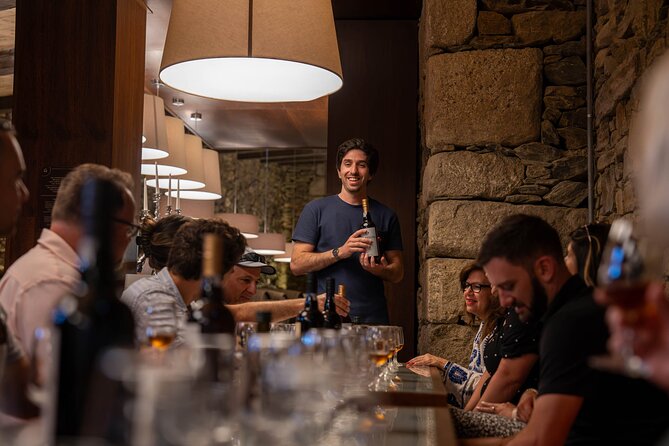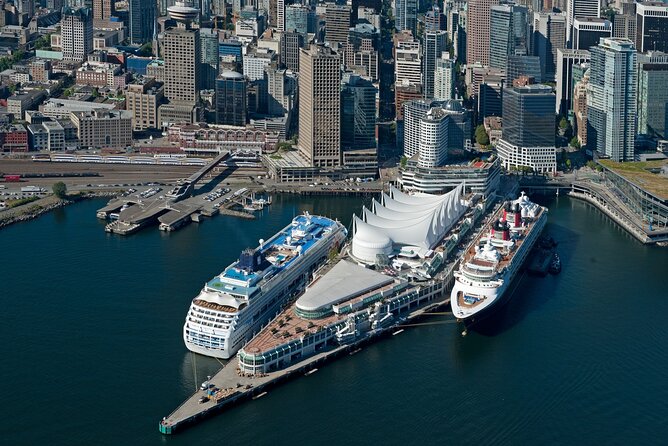Moroccan cuisine is a captivating fusion of diverse cultural influences, reflecting the nation’s rich history and geographic location. From the fragrant spice blends to the flaky, honey-infused pastries, the culinary secrets of this North African country have long been closely guarded. Unraveling the mysteries of Moroccan cooking reveals a profound connection between food, identity, and the social fabric of this remarkable land. As one delves into this culinary odyssey, the story of migration, trade, and adaptation to the local terroir comes alive, offering a window into the vibrant tapestry of Moroccan heritage.
Key Points
- Moroccan cuisine reflects a rich tapestry of Berber, Arab, Mediterranean, and Sub-Saharan African influences, each dish telling a story of migration and cultural exchange.
- The ancient medina of Marrakech showcases a vibrant culinary landscape, from bustling spice stalls to artisanal bakeries and street vendors offering authentic Moroccan specialties.
- Ras el hanout, a captivating blend of up to 30 spices, is a hallmark of Moroccan cuisine, with meticulously balanced flavors passed down through generations.
- Traditional Moroccan pastries, such as the buttery pastilla and delicate briouates, exemplify the artistry and craftsmanship of Moroccan bakers and their commitment to time-honored techniques.
- The royal culinary traditions of Morocco have captivated the global gastronomic landscape, showcasing the intricate preparation of tagines, couscous, and the use of fragrant ingredients like saffron and rose water.
Moroccan Culinary Journey
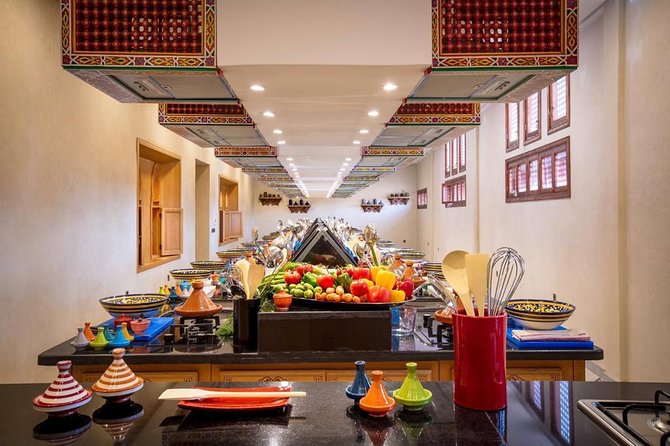
Immersed in a rich culinary legacy, Morocco’s gastronomic journey transports visitors through a tapestry of flavors, techniques, and cultural influences that have evolved over centuries.
From the aromatic spice markets of Marrakech to the sizzling tagines slow-cooked over glowing embers, this North African nation’s cuisine reflects the enduring impact of its Berber, Arab, Mediterranean, and Sub-Saharan African heritage.
Each dish, whether a delicate pastilla or a hearty couscous, tells a story of migration, trade, and the ability to adapt ingredients to local terroir.
Exploring Morocco’s culinary heritage unveils a profound connection between food, identity, and the country’s vibrant social fabric.
Flavors of Ancient Medina
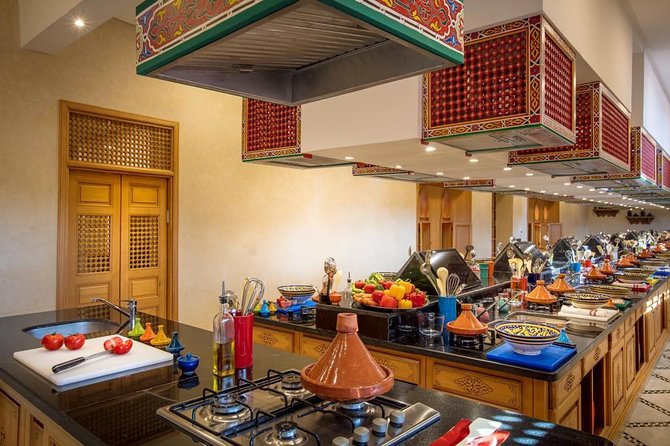
Wandering through the bustling alleyways of Marrakech’s ancient medina, visitors discover a kaleidoscope of culinary delights that have sustained the city’s residents for centuries.
From the sizzling spice stalls to the steaming tagine pots, the medina is a living testament to Morocco’s rich gastronomic heritage.
Artisanal bakeries churn out flaky pastries, while street vendors hawk a tantalizing array of Moroccan salads, each with its own unique blend of flavors.
The medina is also home to the iconic Jemaa el-Fnaa, a vibrant marketplace where locals and travelers alike can savor the hearty couscous and fragrant mint tea that have become synonymous with Moroccan cuisine.
Exploring the medina’s culinary riches is a truly immersive experience, offering a glimpse into the soul of Moroccan gastronomy.
Secrets of Spice Blends
At the heart of Moroccan cuisine lies a captivating array of spice blends, each one a carefully guarded secret passed down through generations. These aromatic spice mixtures, known as ras el hanout, are the cornerstones that lend Moroccan dishes their distinctive flavors and aromas, elevating them to culinary masterpieces.
The secrets of these spice blends are closely held, with recipes often varying from family to family and even region to region.
Ras el hanout can contain up to 30 different spices, including:
- Fragrant cinnamon, cardamom, and cumin
- Earthy turmeric, ginger, and paprika
- Floral rose petals and orange blossom water
The meticulous blending and balancing of these spices is what makes Moroccan cuisine so unique and captivating.
Traditional Moroccan Pastries
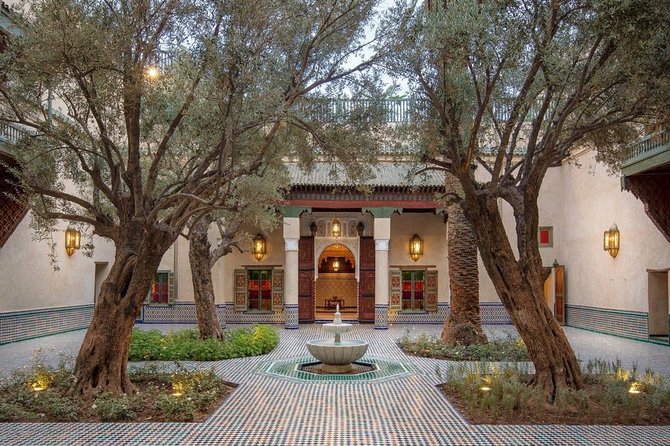
Beyond the savory tagines and aromatic couscous, Morocco’s culinary heritage also boasts a captivating array of traditional pastries that delight the senses.
From the buttery, flaky pastilla to the delicate, honey-drenched briouates, these pastries showcase the country’s rich cultural influences.
The pastilla, a savory pie filled with minced pigeon or chicken, is a prized delicacy, while the briouates feature paper-thin pastry wrapped around a variety of sweet or savory fillings.
These delectable creations are often dusted with fragrant spices or drizzled with fragrant syrups, creating a harmonious blend of flavors that epitomize the artistry of Moroccan cuisine.
Indulging in these pastries is a true feast for the senses, offering a glimpse into the depth and complexity of Morocco’s culinary heritage.
Royal Moroccan Cuisine
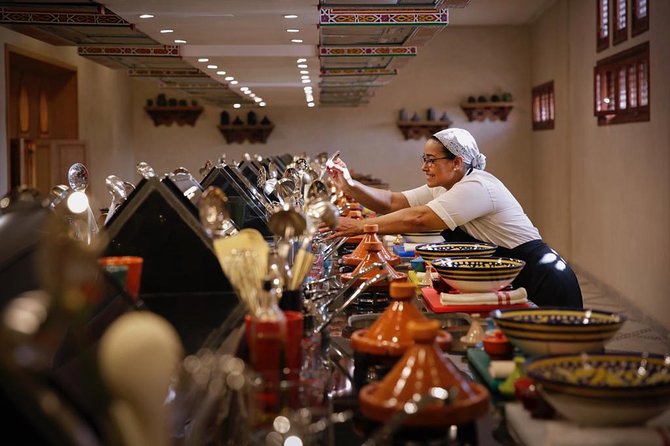
The royal culinary tradition of Morocco has long captivated the global gastronomic landscape, showcasing the country’s rich cultural heritage and diverse influences. From the opulent palaces of Marrakesh to the remote Berber villages, the royal cuisine of Morocco is a symphony of flavors, textures, and aromas that have been refined over centuries.
The intricate preparation of tagines, slow-cooked dishes that meld meat, vegetables, and aromatic spices, is a true testament to the culinary artistry of Moroccan royalty.
The lavish presentation of couscous, the iconic staple grain, often accompanied by a variety of stews and sauces, reflects the grandeur and hospitality associated with the royal table.
The use of fragrant ingredients like saffron, rose water, and orange blossom water imbues the royal Moroccan cuisine with a captivating, sensory experience.
Moroccan Culinary Techniques
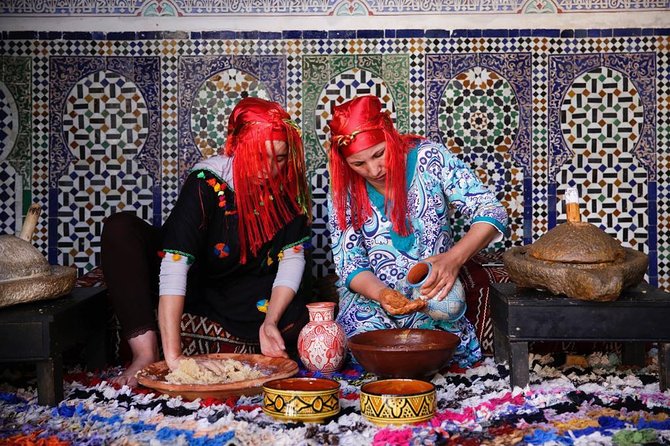
Moroccan culinary techniques are deeply rooted in the country’s rich cultural heritage, evolving over centuries to produce the vibrant and complex flavors that define the national cuisine. From the intricate preparation of tagines to the delicate layering of couscous, Moroccan cooking showcases a mastery of blending spices, slow-cooking methods, and presentation.
| Technique | Description | Example Dish |
|---|---|---|
| Tagine | Slow-cooked stew in a distinctive clay pot | Lamb Tagine with Prunes and Almonds |
| Couscous | Steamed semolina grains, often served with stew | Vegetable Couscous with Chickpeas |
| Chermoula | Aromatic marinade of herbs, spices, and oil | Chermoula-Grilled Seafood Skewers |
| Pastry | Flaky, buttery phyllo-like dough | Bisteeya (Meat Pie) |
| Preserved Lemons | Pickled lemons adding signature tang | Chicken with Preserved Lemons and Olives |
Moroccan Flavor Profiles
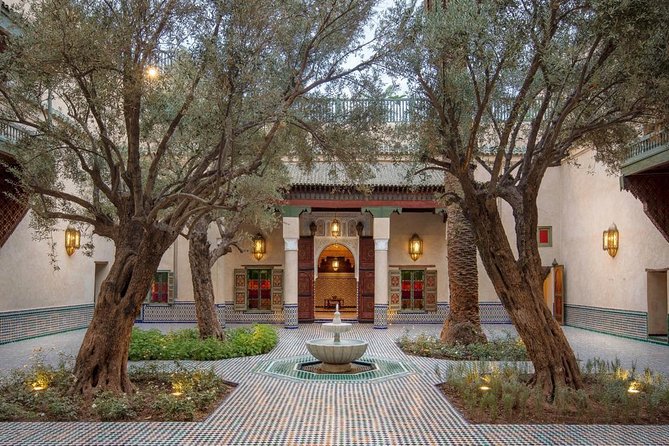
Moroccan cuisine’s flavor profiles draw from the country’s diverse cultural influences, blending the aromatic spices of the Middle East, the bright citrus notes of the Mediterranean, and the earthy, grounding elements of North African traditions. From the heady scent of cumin and cinnamon to the tangy brightness of preserved lemons, Moroccan dishes captivate the senses.
The bold, fragrant use of spices like ginger, turmeric, and paprika create a warming, enveloping experience.
The interplay of sweet and savory, with honey, dates, and dried fruits balancing the savory elements, delights the palate.
The incorporation of regional specialties like argan oil and fresh herbs lends a unique terroir to Moroccan cuisine.
Exploring Moroccan Food Culture
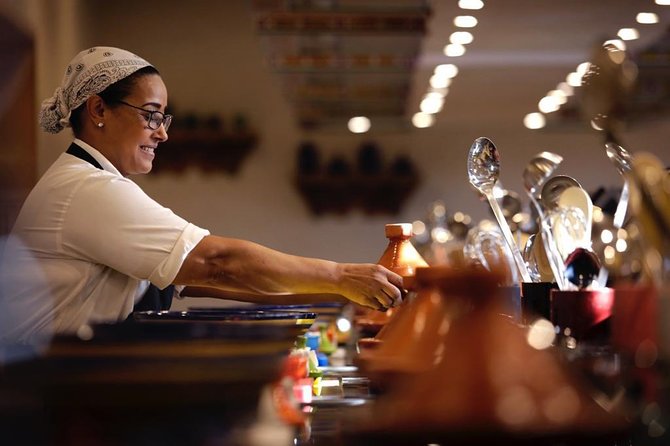
At the heart of Moroccan food culture lies a rich tapestry of culinary traditions, where ancient techniques and indigenous ingredients intertwine to create a truly distinctive gastronomic experience. From the iconic tagines simmered to perfection over a charcoal fire to the fragrant couscous steamed to fluffy perfection, each dish reflects the diversity and depth of Moroccan cuisine. The table below highlights some key elements of Moroccan food culture:
| Element | Description |
|---|---|
| Spices | Cumin, cinnamon, ginger, and saffron are essential in Moroccan cooking, lending depth and complexity to the flavors. |
| Bread | Flatbreads like khobz and msemmen are integral parts of Moroccan meals, serving as both a utensil and a staple. |
| Hospitality | Sharing meals and gathering around the table are deeply rooted in Moroccan culture, fostering a sense of community and togetherness. |
Frequently Asked Questions
What Is the Dress Code for the Culinary Tour?
There is no formal dress code specified for the culinary tour. Visitors are encouraged to wear comfortable, casual clothing suitable for spending time in a cooking environment and exploring the local culture.
Can I Bring My Own Alcoholic Beverages?
No, guests cannot bring their own alcoholic beverages on the tour. The tour includes alcoholic beverages, which are provided by the tour organizers. Guests are not permitted to bring their own alcohol to the experience.
Is the Tour Guide Fluent in English?
The tour guide is fluent in English, as the tour description states that the experience is conducted in English. Participants can expect the guide to provide clear and informative commentary throughout the tour.
Can I Take Photographs During the Cooking Demonstration?
Yes, participants are generally allowed to take photographs during the cooking demonstration. The tour operator encourages capturing the experience, as long as it doesn’t disrupt the session or infringe on others’ privacy.
Is There a Vegetarian/Vegan Option Available for the Menu?
The tour website does not explicitly mention a vegetarian or vegan menu option. However, given the diverse range of Moroccan cuisine, it’s likely the tour can accommodate dietary restrictions with advance notice. Travelers should inquire about special meal requests when booking.
Recap
Moroccan cuisine’s rich tapestry of flavors reflects the diverse cultural influences that have shaped the nation’s gastronomic heritage.
From the intricate spice blends to the flaky pastries, the secrets of Moroccan culinary techniques have been meticulously guarded and passed down through generations, creating a profound connection between food, identity, and the social fabric of this remarkable North African country.


